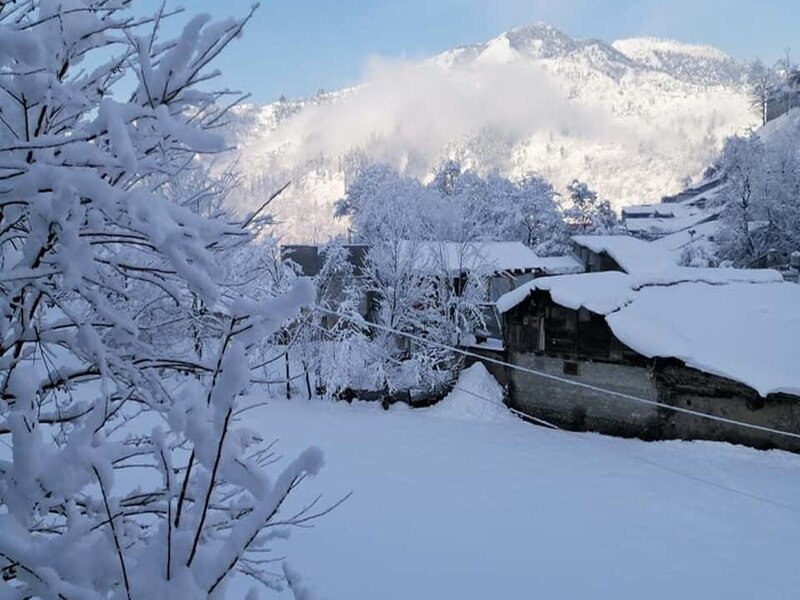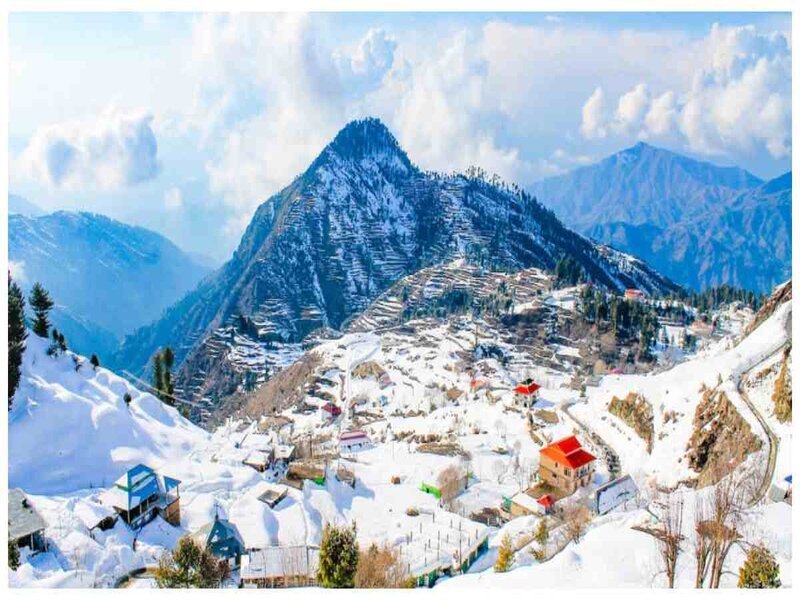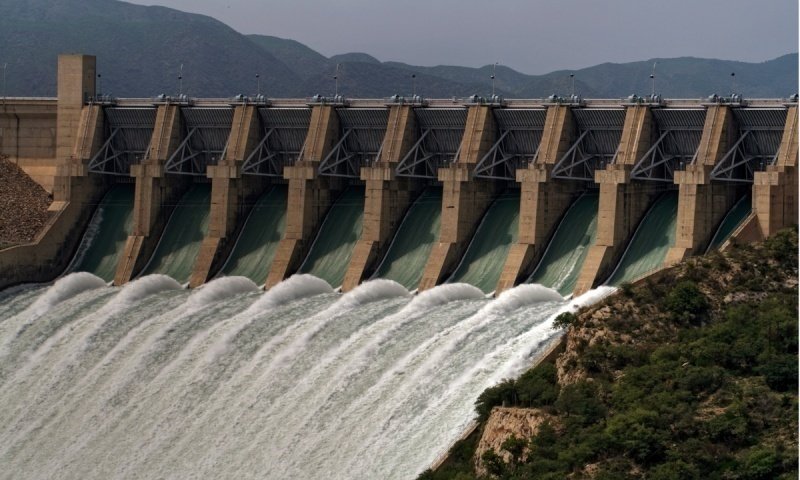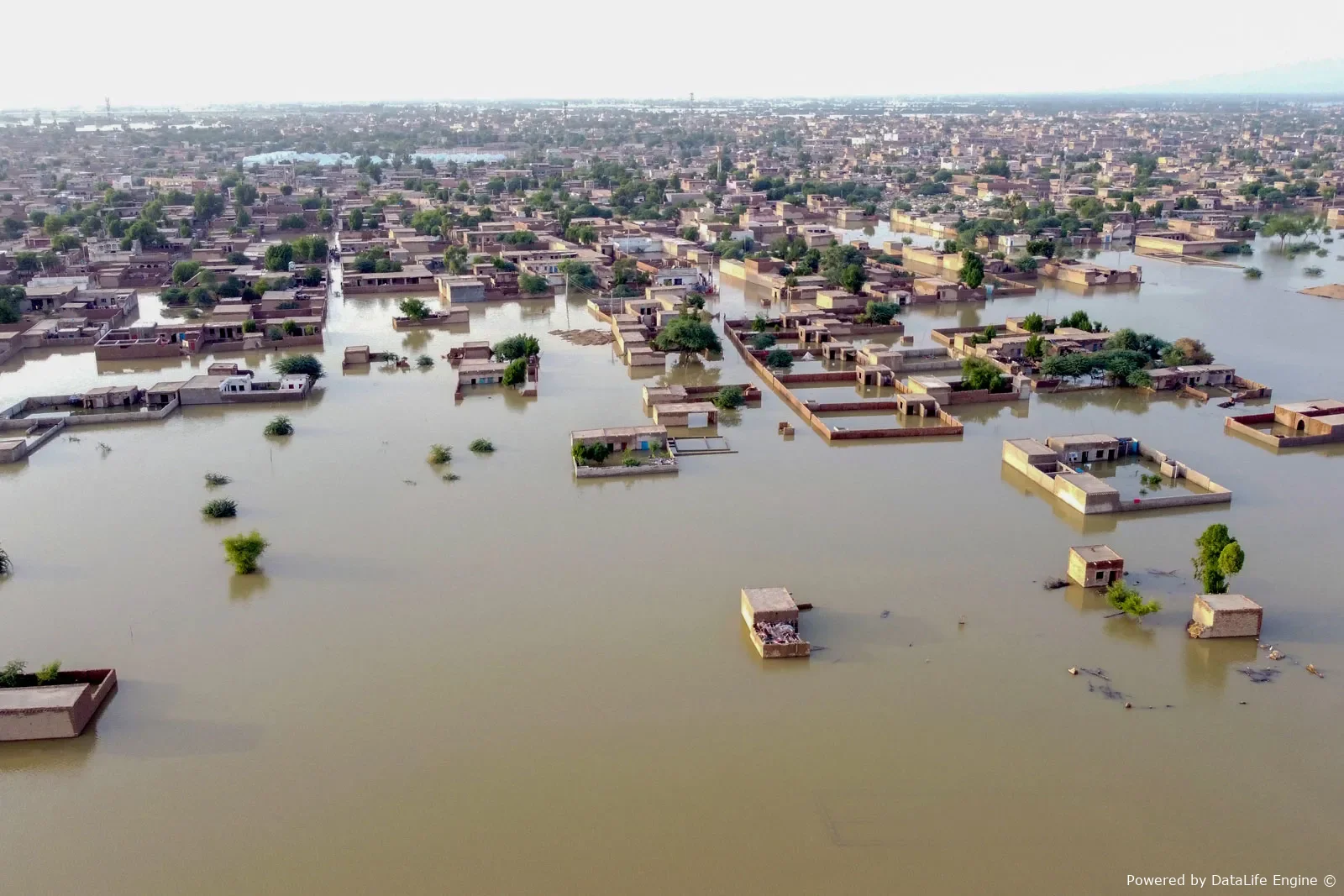A senior official from the National Disaster Management Authority (NDMA) has stated that Pakistan is set to experience a weak La Niña phase beginning in November and lasting until February or March. This climate pattern is expected to bring warmer weather and below-average rainfall across most regions, signaling a milder and drier winter season. According to Tayyab Shah, NDMA’s Director of Risk Management, the upcoming winter will feature below-normal rainfall, particularly between November and January. Central parts of Pakistan, including Punjab, Khyber Pakhtunkhwa, and Kashmir, will likely see significantly less precipitation, while most winter rains will be concentrated in the northern mountainous regions. Punjab is forecasted to experience average temperatures, but the northern, southern, and western provinces could face above-normal warmth. Cold winds are expected to enter the country from December through April, accompanied by lower humidity, delaying the peak of winter until late January. Shah further noted that snowfall in Gilgit-Baltistan, Chitral, and upper Khyber Pakhtunkhwa may drop by 5–7%, potentially affecting glacier stability and reducing water availability during the summer of 2026. NDMA also cautioned that decreased rainfall and limited snowfall in Sindh and Balochistan may lead to mild drought conditions, though steady monsoon rains in 2025 and sufficient dam reserves should help prevent a severe water shortage. By late November, Siberian winds are expected to lower temperatures across northern and central Pakistan, bringing intense cold to the northern highlands in December. The NDMA’s outlook aligns with the Pakistan Meteorological Department’s (PMD) recent update, which dismissed speculation about an extremely cold winter, predicting instead only mild cold waves caused by western disturbances. Climate experts explain that La Niña is driven by a significant cooling of Pacific Ocean surface temperatures, which disrupts global weather patterns and often results in unusual temperature variations and shifts in rainfall distribution.


































